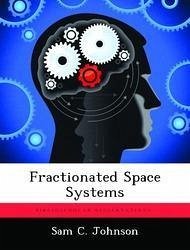Operating in space has historically been a very expensive endeavor. There are three basic areas to investigate to bring costs down, or at least launch more capability for the same cost. We can 1) build better launch vehicles to lift more weight for the same cost, 2) make spacecraft lighter and launch more on existing rockets, or 3) build more capable spacecraft for the same cost. This paper focuses on the third and investigates the "spacecraft fractionation" concept. Fractionation reduces launch risk and, over time, allows us to put more capability into space. The USAF should stay closely involved with other DoD organizations who are investigating this concept, begin at least one fractionation concept demonstration, and analyze potential for future operational fractionated systems. When a spacecraft is "fractionated", designers physically separate the spacecraft into parts, likely by subsystem.








